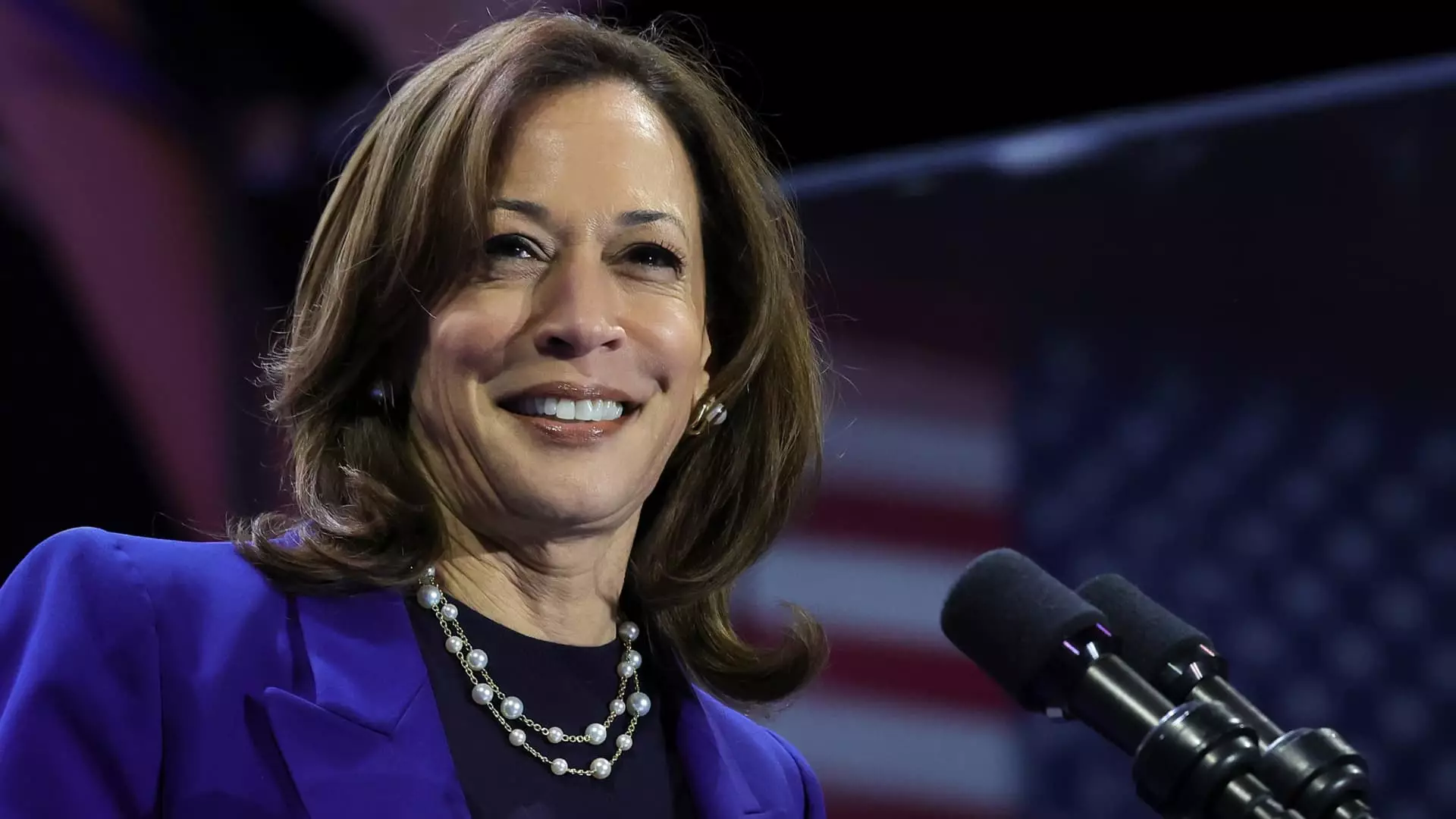In a startling development just days before the upcoming Election Day, recent polling data revealed that Kamala Harris, the Democratic nominee and current Vice President, has taken a slight lead over former President Donald Trump among likely Iowa voters. A new Des Moines Register/Mediacom Iowa Poll indicates Harris at 47% against Trump’s 44%. Although this advantage lies within the poll’s 3.4% margin of error, the shift is significant given that Harris’s support has risen by seven percentage points since September. Such a dramatic swing prompts deeper examination of the underlying factors that may have contributed to this sudden change in voter sentiment.
The Electoral Dynamics at Play
Historically, Iowa has leaned Republican, with Trump easily winning the state in both the 2016 and 2020 elections by margins of 8% and 9%, respectively. This context makes the latest poll outcomes particularly baffling. Notably, neither candidate has actively campaigned in Iowa since the conclusion of the presidential primaries, further illustrating how unpredictable the political climate can be. The poll itself was conducted by Selzer & Co., a polling firm renowned for its accuracy and credibility, adding weight to the findings. Pollster J. Ann Selzer stated, “It’s hard for anybody to say they saw this coming,” underscoring the unexpected nature of Harris’s rise.
A closer look at the data illuminates the demographic factors that may have fueled Harris’s resurgence. Strong support from older female voters and politically independent individuals appears to be a critical element in her poll numbers. This demographic shift underscores the evolving priorities of Iowa voters, suggesting that candidates who can effectively address the concerns of these groups may have an edge in the election. “Age and gender are the two most dynamic factors that are explaining these numbers,” Selzer explained, indicating a broader trend that may shape the election’s narrative.
In a notable counterpoint, the Trump campaign has dismissed the Des Moines Register poll as an “outlier,” citing a more favorable outcome for Trump in a concurrent Emerson College survey, which shows him leading Harris 53% to 43%. This divergence in polling underscores the volatility in public opinion as Election Day looms. The Trump campaign’s assertion that the Register poll is an anomaly highlights a critical challenge facing both candidates: the need to navigate a shifting electorate while maintaining credibility in the face of contradicting data.
As we approach the culmination of a fiercely contested election cycle, the fluctuating nature of voter sentiment in Iowa exemplifies the complexities of modern American politics. Harris’s unexpected lead might not signal a definitive change in the overall electoral map, but it certainly illustrates how crucial every voter interaction can be in this highly polarized environment. Political analysts and strategists will undoubtedly monitor these trends closely, as they may very well foreshadow larger shifts in the electorate that go beyond Iowa’s borders.

